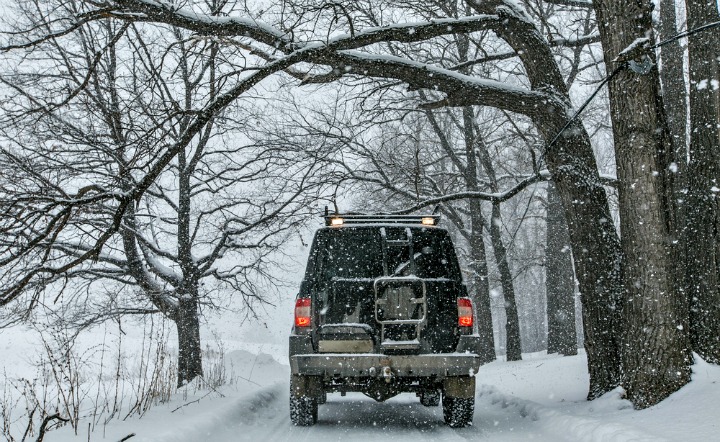9 Winter Driving Tips for Snow, Black Ice and Sleet

Winter storms can catch even the safest driver off-guard because the driving rules you follow on dry, ice-free roads do not apply on ice- or snow-covered ones.
National Highway Traffic Safety Administration (NHTSA) data cited by the Insurance Information Institute show that two types of winter driving errors account for many winter accidents. Twenty-two percent of accidents involve some form of “driving too fast for conditions,” while 28 percent of accidents arise from “failure to keep in proper lane or running off the road.”
Here are some tips from NetQuote for avoiding fatal winter driving errors:
- Don’t rush. Make sure you have enough time to get where you want to go. That means allowing extra time when the weather is bad. Look at the weather report before you hit the road.
- Don’t change your direction quickly or stop suddenly when a road is icy or snowy.
- Maintain a safe following distance. The Insurance Information Institute recommends leaving at least 10 seconds of stopping distance between you and the vehicle ahead.
- Ignore the posted speed limit. Chances are, you’ll need to travel much more slowly, as your capacity to maneuver and stop will be limited.
- Carry a cellphone with you, in case you need to call for help when you get stranded in your car. But don’t use it while you’re driving.
- Check your exhaust pipe to make sure it’s clear of ice. If it’s blocked, it might leak lethal carbon monoxide into your vehicle
- Be careful when driving over bridges or other areas that are not exposed to sun often, as these areas often are home to “black ice” — slippery surfaces not easily detectable to the naked eye.
- If you end up behind a snowplow in operation, avoid passing until you absolutely know it’s safe. Snowplow drivers have a pretty limited field of vision, according to the Washington State Department of Transportation.
- It’s always dangerous to drive when your vehicle is underprepared for road conditions. So put your car through a full inspection before the winter weather really gets started. Be especially mindful of the conditions of your brakes and tires and fluid levels.
Above all, be patient. If you catch yourself thinking, “Why doesn’t that snowplow speed up? I need to get home,” just recognize that you eventually will get home safely. The “safely” part is what really matters.
